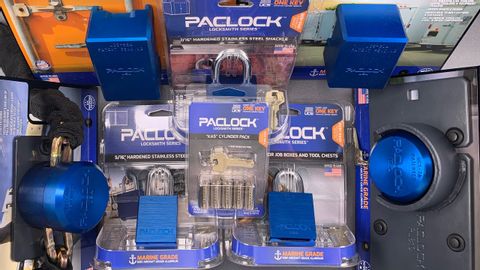
Subtitles & vocabulary
[931] PacLock is Coming to Home Depot!
00
林宜悉 posted on 2020/04/13Save
Video vocabulary
force
US /fɔrs, fors/
・
UK /fɔ:s/
- Noun
- Group of persons trained for military action; army
- Pressure; attraction
- Transitive Verb
- To use physical strength or violence to persuade
- To break open (something) using force.
A1
More express
US /ɪkˈsprɛs/
・
UK /ɪk'spres/
- Transitive Verb
- To send something by fast mail
- To state or show what you think or how you feel
- Adjective
- Sent by a fast mail service
- Traveling at high speed
A1TOEIC
More significantly
US /sɪɡˈnɪfəkəntlɪ/
・
UK /sɪgˈnɪfɪkəntli/
- Adverb
- In a way that is important or noticeable
- In a way that is meaningful
A2
More frustration
US /frʌˈstreʃən/
・
UK /frʌ'streɪʃn/
- Noun (Countable/Uncountable)
- Annoyance because things don't go the way you want
- The prevention of the progress, success, or fulfillment of something.
B1
More Use Energy
Unlock All Vocabulary
Unlock pronunciation, explanations, and filters
